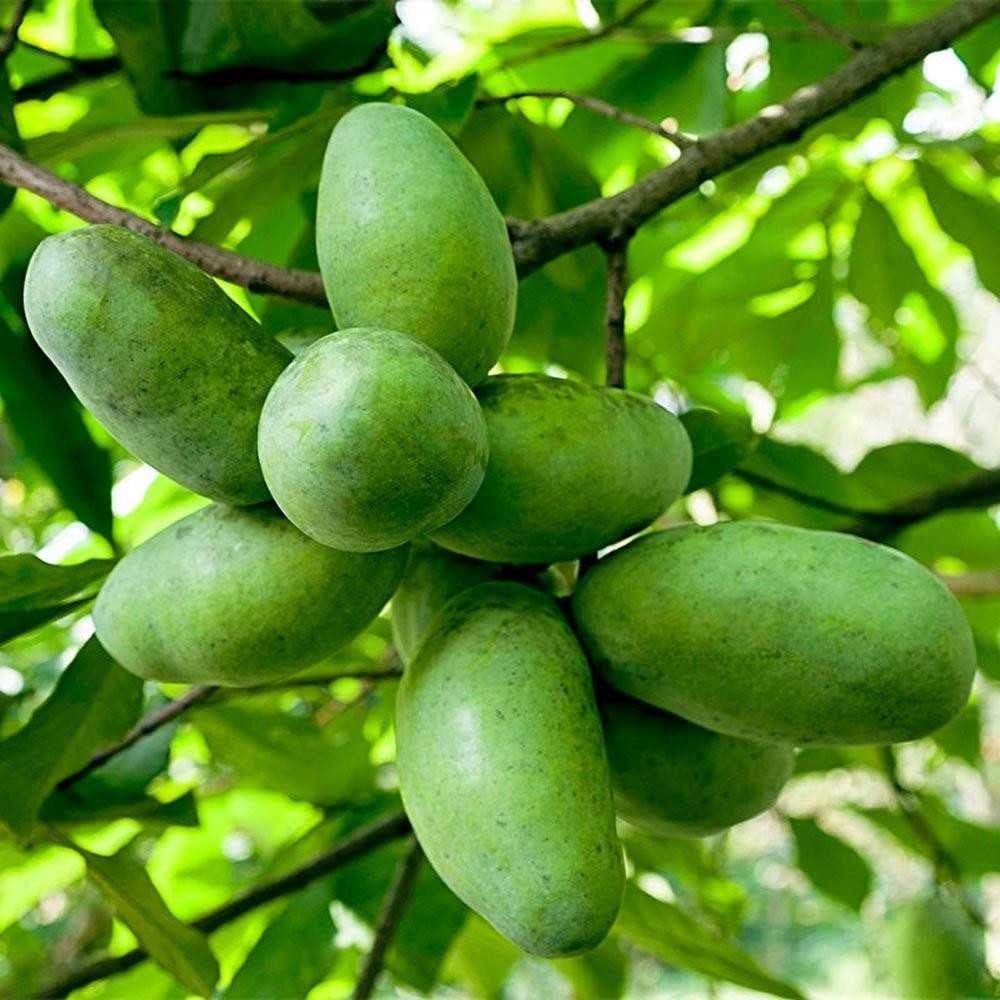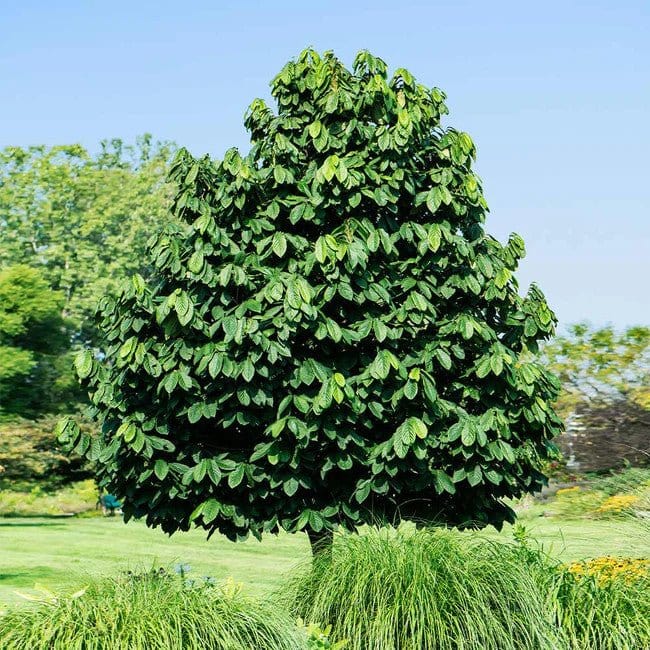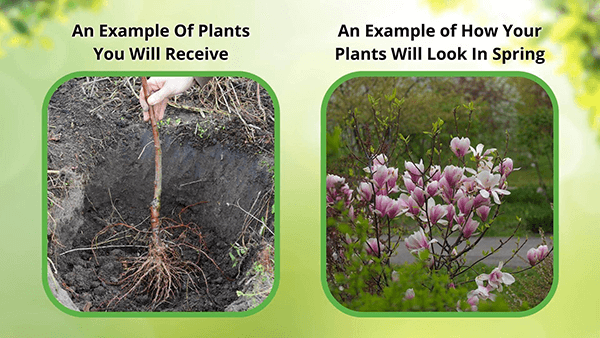Paw Paw Tree
Paw Paw Tree
| Order | Percentage Discount | ||
|---|---|---|---|
| 2-5 | 25% Off | ||
| 6-10 | 30% Off | ||
| 11-25 | 35% Off | ||
| 26-50 | 45% Off | ||
| 51+ | 65% Off | ||
Couldn't load pickup availability
5-7 Days
Under 25 Feet
Full Sun
5-8
Fruit
Bare-root
HI.
Paw Paw Tree - Asimina Triloba
The pawpaw tree is a small deciduous tree native to the eastern United States. It is primarily found in the country's southeastern region, from Texas to Florida and up to the Great Lakes. The tree is known for its sweet, custard-like Fruit, which has a unique and distinct flavor.
Growth And Requirements
The tree is relatively easy to grow and is adaptable to various soil types, including clay, sand, and loam. It likes well-drained soil and shade but can also tolerate full sun. The tree grows to a height of 15 to 30 feet and has a spread of 10 to 20 feet.
Paw Paw's Fruit
The fruit blooms in early spring, producing small, purple flowers that fly and beetles pollinate. The Fruit typically ripens in late summer or early fall and is harvested when soft to the touch. When ripe, the Fruit turns yellow. The flesh is smooth and custard-like, with a flavor often described as a cross between a banana and a mango.
Benefits
The Fruit is highly nutritious and contains many vitamins and minerals, including vitamins C and A, potassium, magnesium, and iron. It is also a good source of dietary fiber and antioxidants. The Fruit can be eaten whole or used in various recipes, including pies, smoothies, and ice cream.
Essential In Its Ecosystem
The pawpaw tree is an essential plant in the ecosystems where it is found. It provides food for various animals, including deer, raccoons, opossums, and squirrels. It is also an important host plant for the larvae of the zebra swallowtail butterfly, which feeds exclusively on the tree's leaves.
This Is How Your Plants Will Look upon Delivery
Bloom/Foliage Color
Purple
Shipping date depends on the date displayed and chosen when you order from the product's page.
We only accept returns on plants verified dead. If you think your plants have died, we offer a 1 year warranty, please use use this File a Claim Link to verify dead plants and start with return warranty process.









